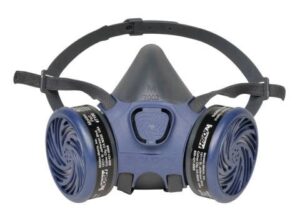click here for the – Amended Invasive Species Bill s2186
Per NJNLA – Green Industry Updates
“Invasive Species Bill Progresses out of Committee
For the past year, the NJ Nursery & Landscape Association has been advocating for the nursery and landscape industries with respect to a bill that proposes to ban the propagation, sale, export or import of a select group of plants that are widely considered to be invasive. Similar legislation has already been enacted in neighboring states, and throughout the country.
The bill also creates an Invasive Species Council, which will be responsible for making recommendations on future regulated plants. In cooperation with other organizations and stakeholders, the NJNLA testified in favor of an amended version of the bill; one that provides additional representation from the industry and designates the NJ Department of Agriculture to be the primary agency tasked with rulemaking and regulation. This bill has now passed out of the Senate Environment & Energy Committee and will now need to pass both houses (Senate and Assembly) before going to the Governor’s desk.
Please feel free to reach out to NJNLA at any time” – njnla.director@gmail.com

 LIMITED)
LIMITED)
